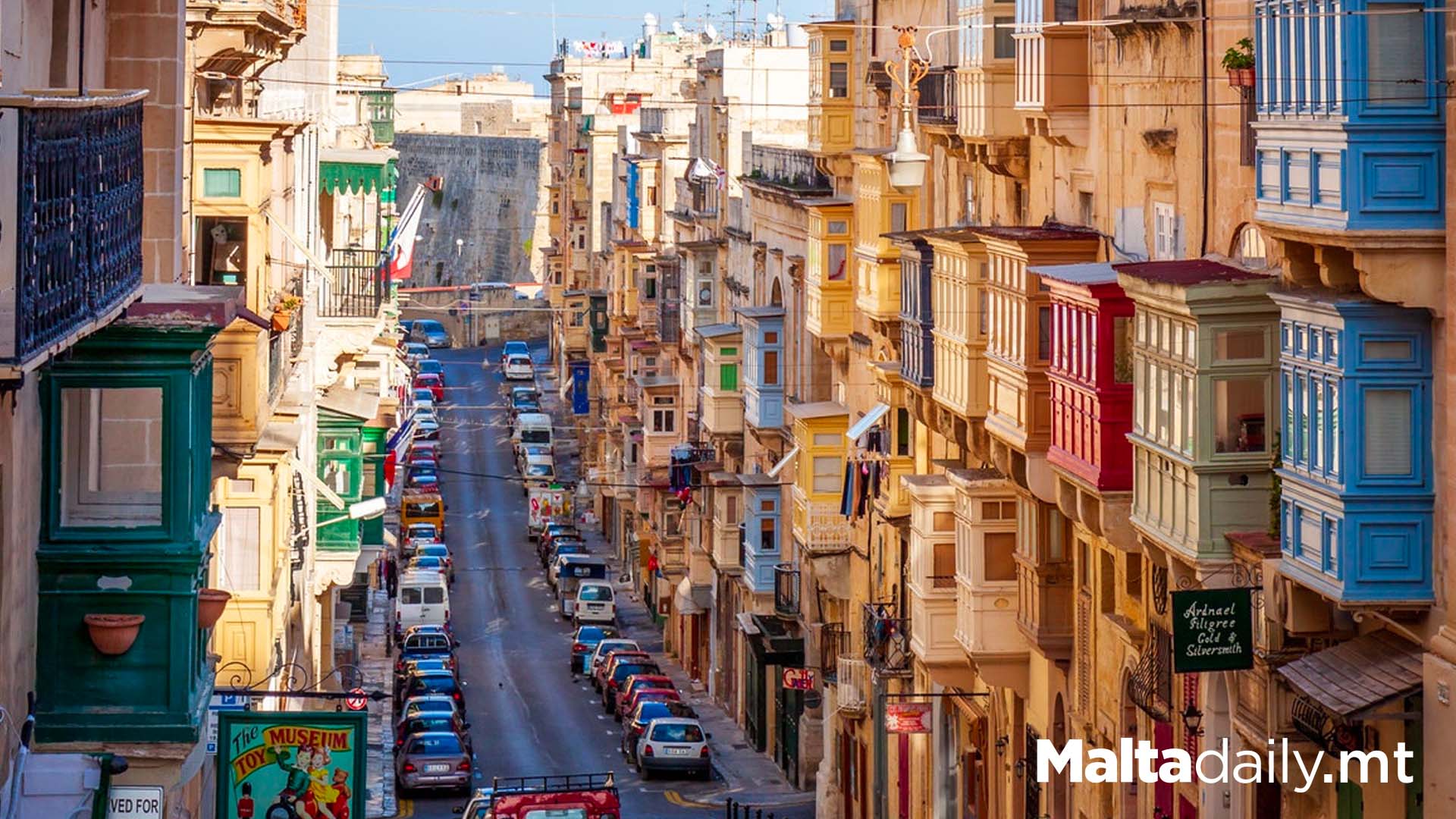Malta’s Population Grew By Over 100,000 From 2011 To 2021

Malta’s resident population on Census Day, November 21, 2021, reached 519,562, marking a substantial increase of over 100,000 residents compared to the 2011 Census.
This represents a remarkable 24.5% growth in just a decade, constituting the largest intercensal growth ever recorded. The annual growth of approximately 10,000 residents over the past 10 years contributed to this unprecedented surge.Notably, this surpasses the earlier record of intercensal growth between 1931 and 1948, standing at 3,786 persons per year.
Geographically, both Malta and Gozo experienced an approximately 25% population increase since the 2011 Census. Among the six geographical districts, the Northern district witnessed the highest growth at 47%, followed by the Northern Harbour district with 30.6%.
In contrast, the Southern Harbour district had the smallest growth at 8.3%. San Pawl il-Baħar, Birkirkara, and Il-Mosta emerged as the three largest localities, constituting 15.7% of the total population.
San Pawl il-Baħar nearly doubled its population since 2011, exceeding 32,000 inhabitants.
Malta remains the most densely populated EU country, with 1,649 residents per square kilometer, far surpassing the EU average of 109 persons per square kilometer in 2019.
The sex distribution recorded 270,021 men (52%) and 249,541 women, yielding a sex ratio of 924 females per 1,000 males. This marks the first time the census recorded more males than females, attributed to a faster growth rate among males (30.1%) compared to females (18.9%) over the past decade.
The Western district displayed an almost even gender distribution, while the South Eastern district exhibited the widest gap.
#MaltaDaily


